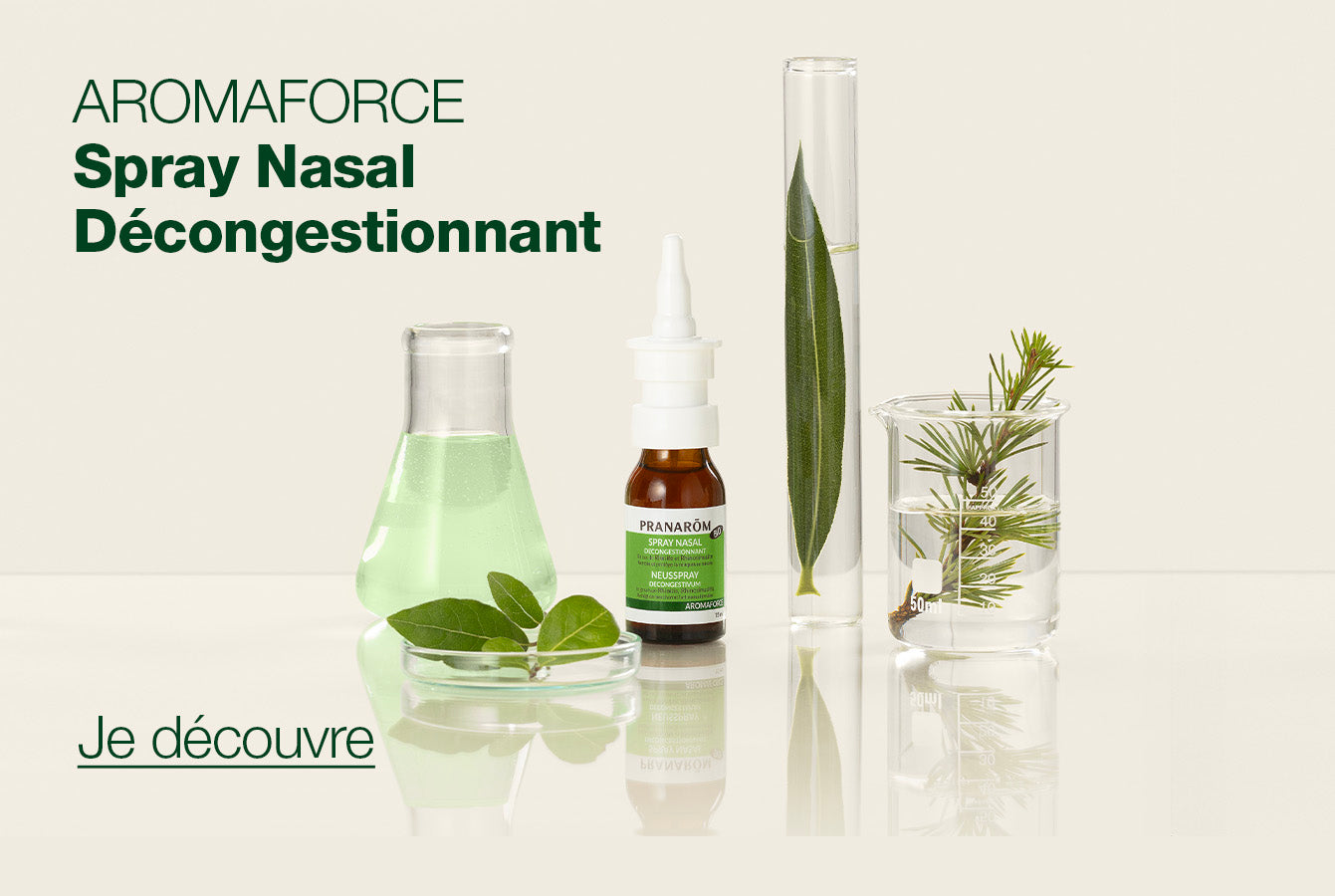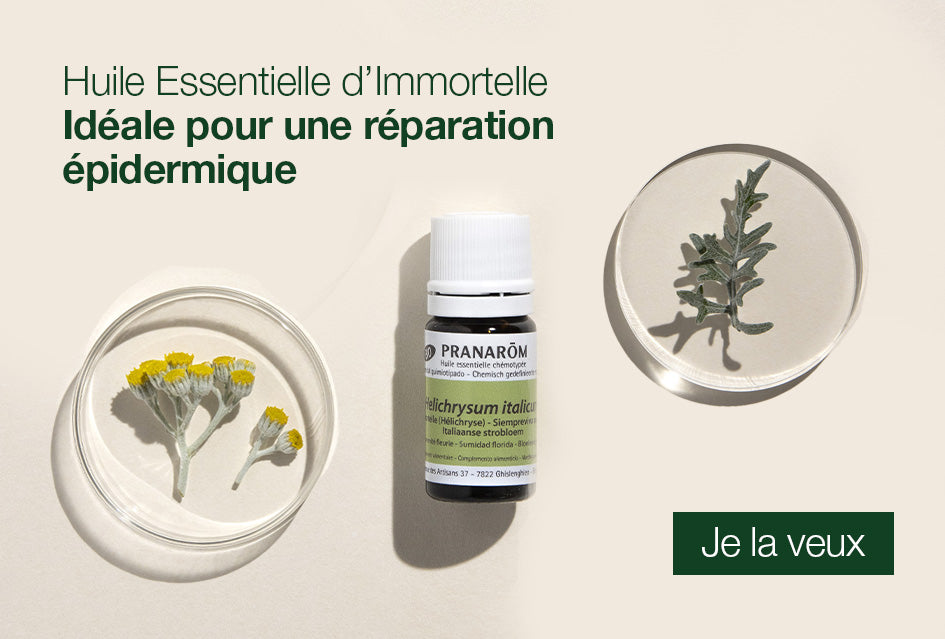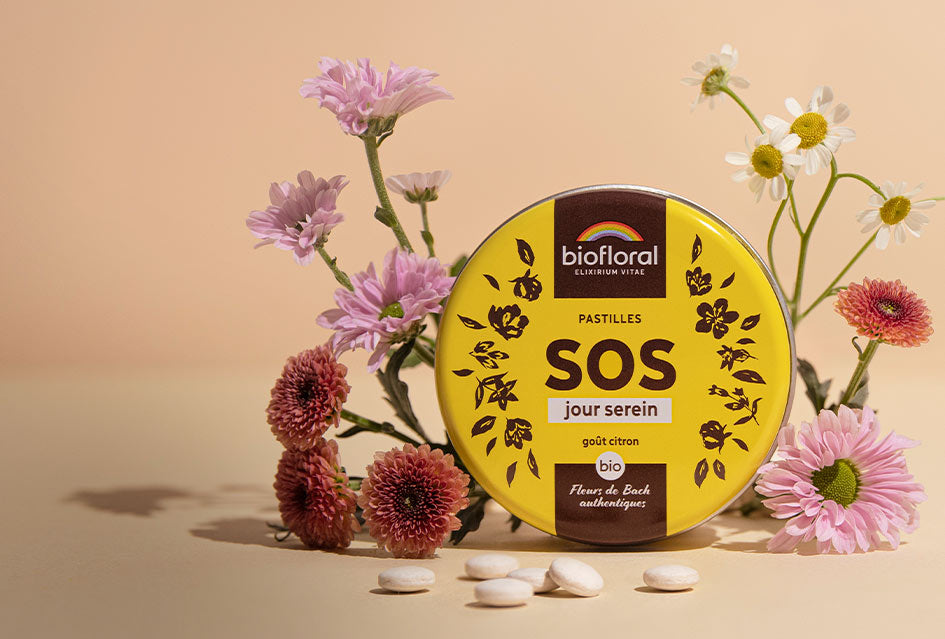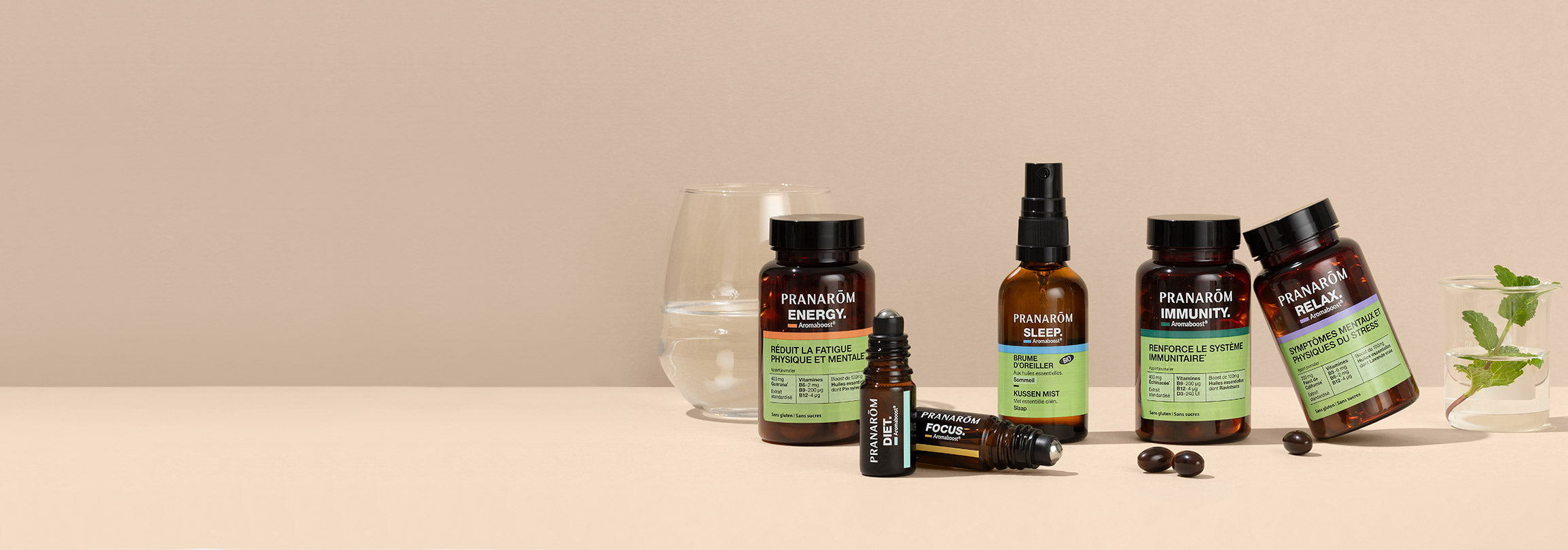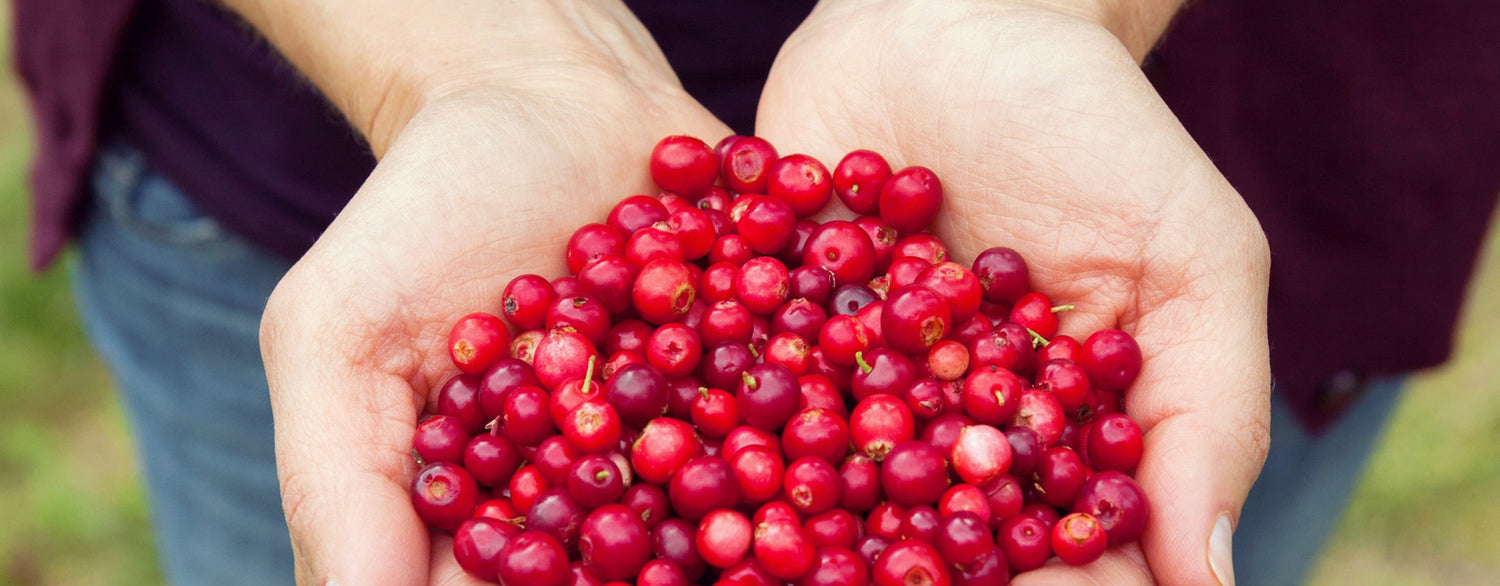You probably know the benefits of cranberry juice for urinary infections. Discover now the vegetable oil naturally extracted from cranberry seeds.
Its exceptional composition, of rare balance, and its production method as original as it is respectful of the raw materials and the natural environment in which they grow, make this vegetable oil a treasure of health and beauty.
High quality raw material
We know today that the quality of a plant will depend on the environment in which it grew. This is why Pranarôm , faithful to its desire to ensure total traceability and transparency of its raw materials, has opted for organic cranberries harvested in Canada.
On the one hand because the country is renowned for its very rigorous legislation in terms of management and respect for natural resources and on the other hand for the experience and passion that drive our partner.
Sustainable and eco-responsible production methods
Just before winter, to protect his precious cranberry plantations, our producer floods his fields to form a layer of insulating ice. Once the layer is sufficiently thick, the water is pumped back to the retention ponds.
These allow the same water, carefully filtered by a sophisticated system, to be reused season after season. The winter ice layer also makes it possible every 3 to 5 years to deploy equipment that can ensure the ''rebooting'' of plants in order to preserve the vitality of crops and soils.
All the energy of the plant in your bottle
Cranberry vegetable oil
With this exceptional oil, your skin is stocked with antioxidants! Remarkable for its high level of antioxidants and its balanced Omega-3/Omega 6 ratio, it nourishes and protects it from oxidative stress. It is the ideal anti-aging vegetable oil for dry and mature skin.
In summary
It is exceptionally rich:
- In antioxidants that help protect the skin from skin aging caused by free radicals.
- In vitamin A which gives radiance and helps the skin protect itself from the sun.
How to use it ?
Cranberry vegetable oil can be used alone thanks to its pleasant smell and its great penetrating capacity, or mixed with Argan Oil , with which it harmonizes well. It is the ideal ally for mature skin but also for dry, sensitive or irritation-prone skin. Applied in the morning in a small quantity, it will strengthen and regenerate the skin's barrier which will be nourished and armed for the day.
Indications
Used as an aftershave oil , it soothes the skin, hydrates it but also tones it. It can also represent an excellent base for creating a radiance serum , or protection against external aggressions such as the cold.
Want to know more about vegetable oils? Discover our different articles!Choosing your vegetable oil: My allies for winter
Your practical guide to vegetable oils
Benefits of cranberry in urinary infections
In her thesis defended on July 2, 2019 at the University of Picardie Jules Verne, Séverine Dupent described the benefit of cranberry in urinary infections. His research has contributed to a deeper understanding of the use of this herb in the treatment and prevention of urinary tract infections:
- Mechanism of action: cranberry inhibits bacterial adhesion by deforming bacterial cells and changing their surface properties.
- Dose-dependent effectiveness: the effect begins 2 hours after ingestion and persists for up to 10 hours. The minimum effective dose is 36 mg of PAC type A.
- Therapeutic combinations: cranberry can be combined with antibiotics or complementary therapies such as aromatherapy.
Indeed, the thesis highlights that essential oils can complement the benefits of cranberry in order to treat urinary infections. Here are some specific examples:
- Anti-infectious essential oils: certain oils, such as tea tree, savory, thymol and juniper, are known for their anti-infectious activities.
- Antispasmodic and analgesic effects: others, such as wintergreen, offer antispasmodic and analgesic properties.
- Use with antibiotic treatment: The antimicrobial power of essential oils can be used simultaneously with antibiotic treatment, such as coriander oil.


